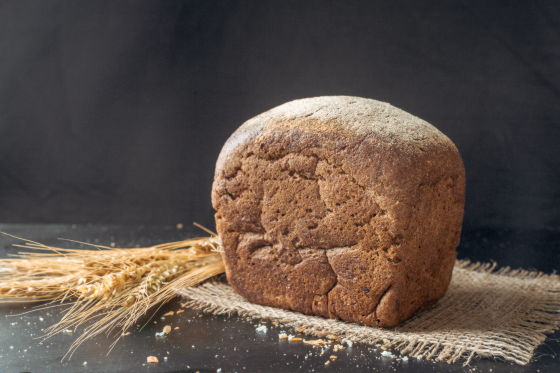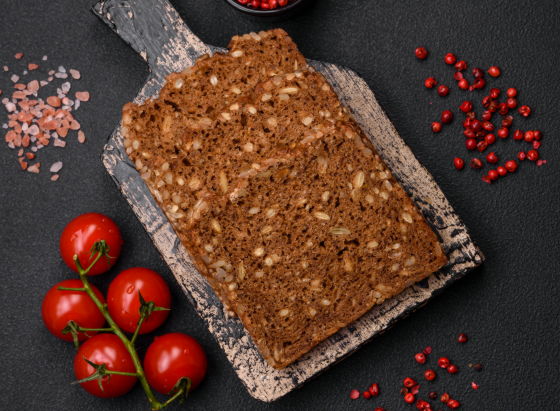What's the difference between 'whole wheat flour' and 'whole grains'? Which is healthier?

When you buy food at a supermarket, you may have seen labels such as 'whole wheat bread' or 'whole grains' and purchased them in the hope of some kind of health benefit.
What's the difference between wholemeal and wholegrain bread? Not a whole lot
https://theconversation.com/whats-the-difference-between-wholemeal-and-wholegrain-bread-not-a-whole-lot-249156
To begin with, 'wheat flour' is flour made by milling wheat, but regular wheat flour is not made by milling the whole wheat, but by milling only the part of the wheat kernel called the ' endosperm .' At this time, parts other than the endosperm, such as the germ and epidermis , are removed and are not included in the flour after milling.
In contrast, whole wheat flour is flour that is milled including the wheat bran and germ, so that all parts of the original wheat kernel are present in the same proportions as before milling. Whole wheat bread is darker in color than bread made with regular wheat flour, with a slight brownish tint, and it also has a unique, fragrant flavor.

On the other hand, whole grains refers to grains and products made from grains that have not had
Whole wheat flour is also a type of whole grain, as it is flour milled with the wheat bran and germ still included. In other words, just as 'apples' are a type of 'fruit,' 'whole wheat flour' is also a type of 'whole grain.' When a product is advertised as 'whole grain' on its packaging or product name, it may contain visible grains in addition to whole wheat flour.

Compared to bread made from refined wheat flour, both whole wheat bread and whole grain bread contain a lot of nutrients such as dietary fiber, protein, and vitamins due to the bran. Therefore, eating whole grain bread, including whole wheat bread, has health benefits, and a 2016
The table below compares the nutrients contained in 100g of bread between ' Wholemeal bread' on the left and 'Wholegrain bread' on the right, based on data from the Australia and New Zealand Food Standards Agency . Wholegrain bread, which contains additional grains and plant seeds in addition to whole wheat flour, is higher in protein, dietary fibre, niacin ( vitamin B3 ), iron, zinc, phosphorus and magnesium than wholegrain bread. On the other hand, wholegrain bread is rich in carbohydrates, thiamin ( vitamin B1 ) and folate ( vitamin B9 ).

While the difference between whole wheat bread and whole grain bread is relatively small, Murray recommends whole grain bread, which contains whole grains, as your 'first choice for fiber and protein,' with whole wheat bread as your second choice.
Related Posts:







